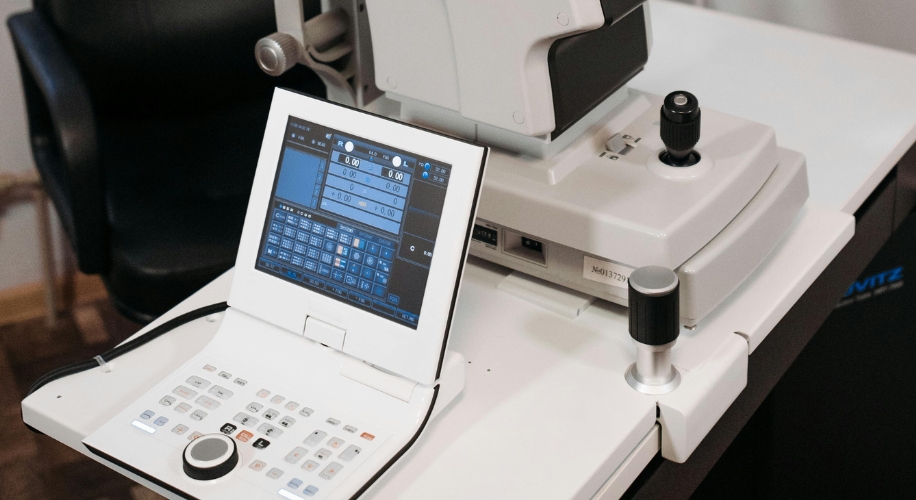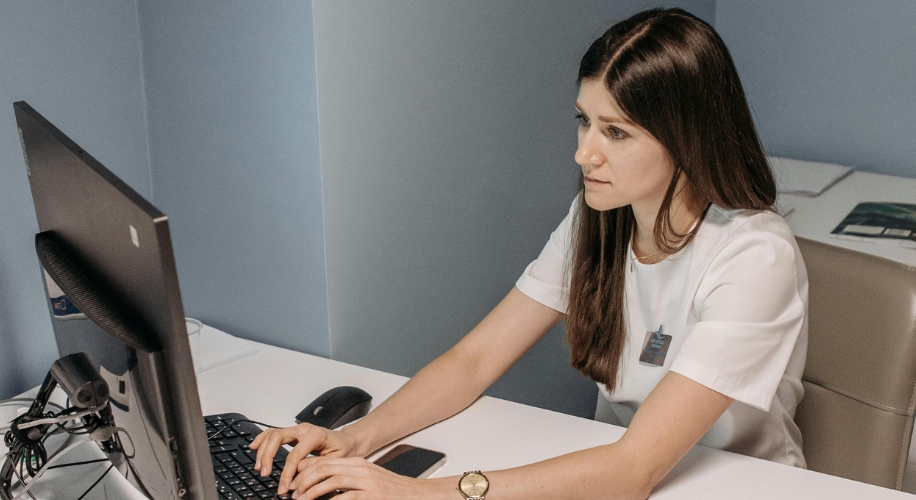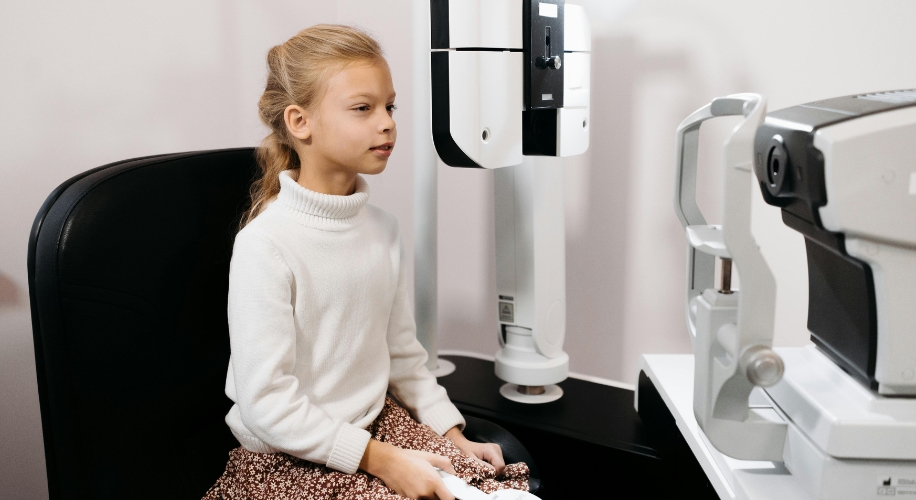Tele-Optometry: Increasing Access to Eye Care
In an era where digital advancements are revolutionizing every aspect of our lives, healthcare is no exception. Remote optometry, a recent innovation in eye care, is set to transform how we approach vision health. Let’s delve into what tele-optometry is all about and how it’s shaping the future of eye exams.
Photo by Pavel Danilyuk
What is Tele-Optometry?
Tele-optometry refers to the provision of eye care services remotely using telecommunications technology. This includes conducting eye exams, diagnosing eye conditions, and prescribing corrective lenses.
How Does Tele-Optometry Work?
Tele-optometry utilizes a combination of digital tools and platforms to connect patients with eye care professionals. Depending on the type of exam, here’s how it typically works:
- Virtual Consultation: During these consultations, a healthcare provider can discuss symptoms, review medical history, and provide recommendations.
- Digital Diagnostics: Optometrists can remotely access and review diagnostic data, such as images of the retina through secure digital platforms. This information helps in making accurate diagnoses and treatment recommendations.
- Remote Eye Exam: Advanced technologies enable doctors to provide comprehensive eye exams from a remote location. These exams involve a visual acuity test, refraction assessment, slit lamp evaluation, retinal imaging, and screening for eye diseases.
Photo by Pavel Danilyuk
Benefits of Tele-Optometry
The rise of tele-optometry brings numerous advantages for both patients and eye care providers:
- Accessibility: Tele-optometry expands access to eye care, particularly in rural or underserved areas where traditional optometry services may be scarce.
- Efficiency: By streamlining the appointment process and leveraging digital tools, remote eye exams can enhance the efficiency of eye care delivery.
- Cost-Effectiveness: Reduced overhead costs associated with traditional offices can lead to more affordable eye care services for patients.
Challenges and Considerations
While tele-optometry offers promising benefits, it also presents some challenges:
- Technical Requirements: Adequate staff training and access to reliable internet are essential for effective tele-optometry services.
- Physical Limitations: Certain symptoms and conditions may require evaluation or treatment by an in-person optometrist.
- Regulatory Frameworks: Regulations governing telemedicine and tele-optometry vary by region and must be navigated carefully to ensure compliance and patient safety.
- Patient Education: Educating patients about the capabilities and limitations of tele-optometry is important to ensure informed decision-making.
The Future of Tele-Optometry
As technology continues to evolve, so too will tele-optometry. Innovations such as virtual eye exams, frame selection using augmented reality (AR), and diagnostics driven by artificial intelligence (AI) hold promise for further improving the accuracy and accessibility of eye care.

Photo by Pavel Danilyuk
Remote optometry represents a significant advancement in the field of eye care, offering convenience, accessibility, and cost-savings to patients worldwide. While it may not replace traditional in-person visits entirely, it undoubtedly enhances the options available for maintaining optimal vision health in our increasingly digital world.






 Canada
Canada